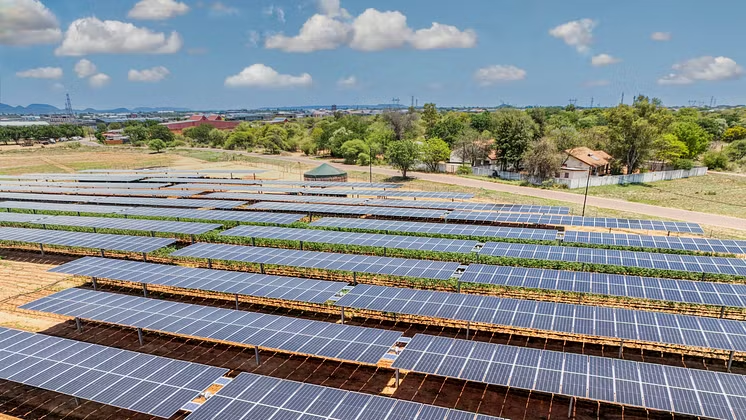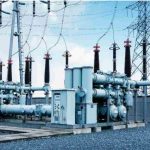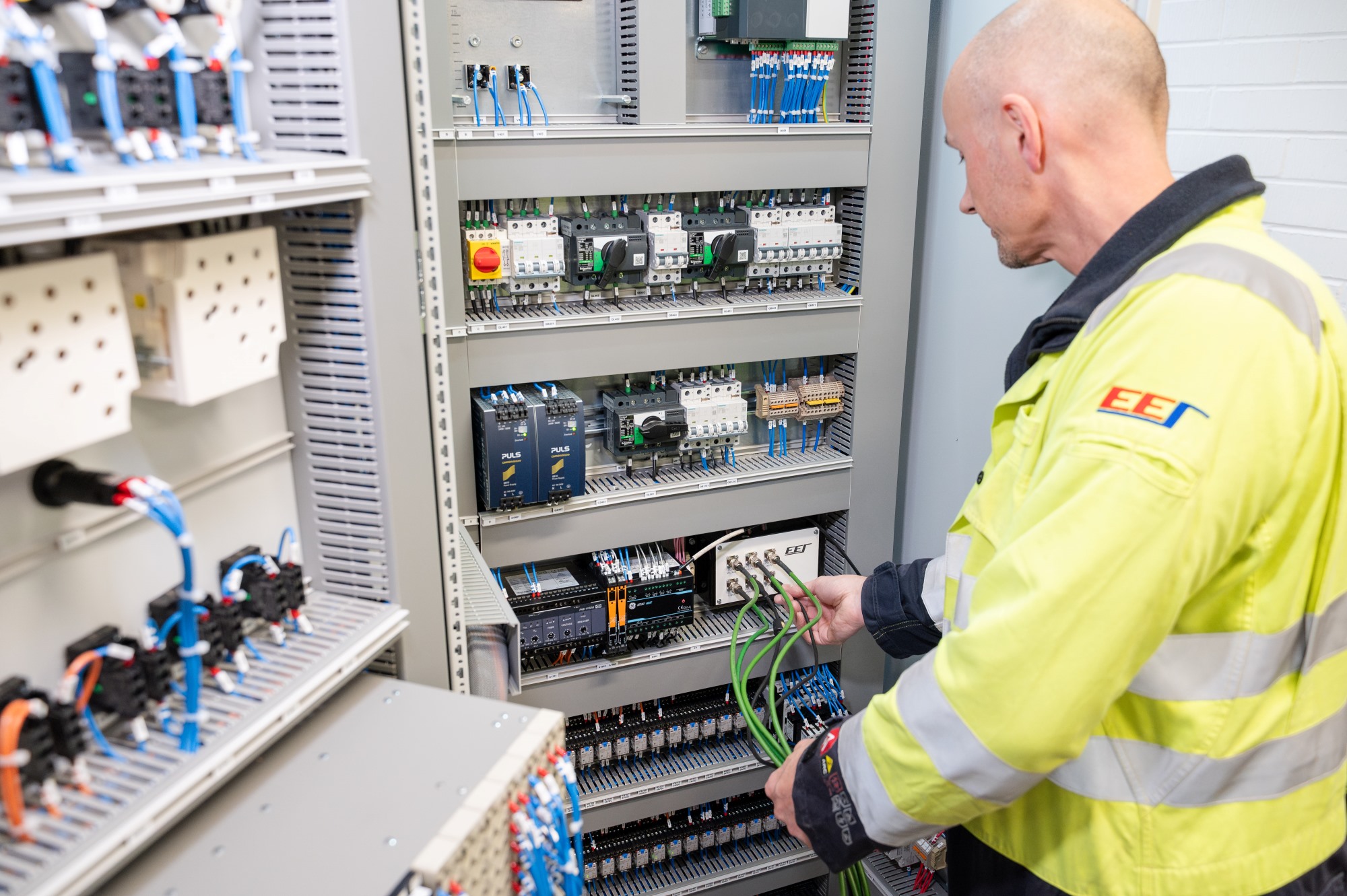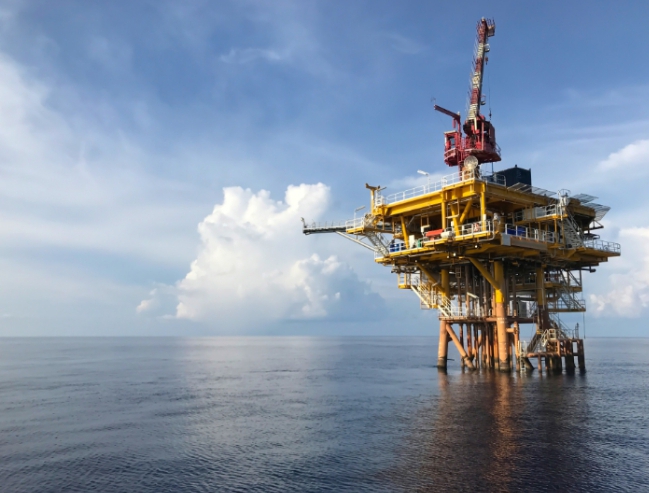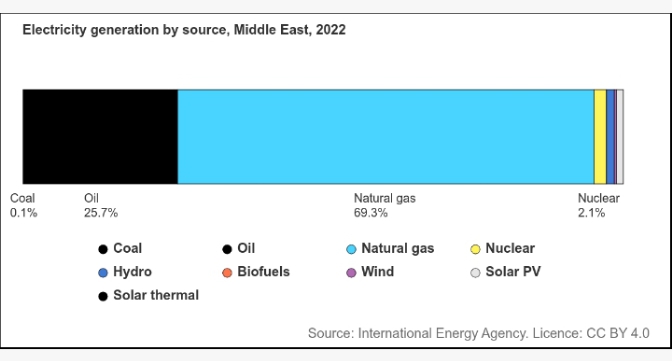With over 93,000 oil and gas exploration and production businesses operating worldwide in 2024, these facilities are still key to many modern economies. However, beneath the surface lies a network of electrical systems that ensure continuous operations. Here Matthew Slater, Director at Excitation Specialist Excitation & Engineering Services (EES), explores how brushless excitation systems enhance voltage stability, reduce maintenance and improve reliability in oil and gas production facilities.
Unlike power stations built solely to generate grid electricity, oil and gas production facilities, whether onshore or offshore, use power to drive vital equipment such as pumps, compressors, safety systems and control infrastructure.
Often situated in remote areas without grid access, such as offshore platforms or isolated desert and tundra regions, these facilities usually generate their own electricity using turbines or generator sets powered by hydrocarbons extracted onsite.
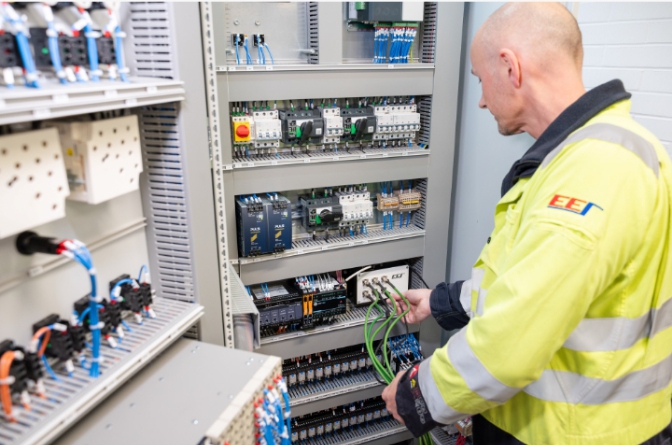
Power demands vary across operational phases, from drilling to reinjection, which can cause fluctuations in voltage and frequency. Combined with environmental stressors like saltwater corrosion and heat, these fluctuations place significant strain on electrical infrastructure.
The importance of excitation systems
Excitation systems are crucial in addressing these power demand challenges. By regulating generator voltage and providing reactive power support, they supply direct current (DC) power to the generator field windings, creating a magnetic field in the rotor that induces alternating current (AC) in the stator.
A well-designed excitation system precisely controls the generator voltage, rapidly adjusting to load fluctuations. It can handle sudden shifts without triggering instability and normally includes features like fault detection and limiters for quick corrective actions.
While oil and gas facilities often operate in isolated or islanded modes, disconnected from the national grid, voltage stability and reactive power support remain critical. In cases where local grid codes apply, such as the Saudi Arabian Grid Code, facilities may be required to comply. However, many operate under less regulated requirements due to their independent or microgrid status.
By stabilising the generator’s voltage and supporting reactive power, a well-maintained excitation system ensures consistent performance with minimal maintenance. Unlike static systems, it eliminates the need for brushes and commutators, components prone to wear and the accumulation of carbon dust. This reduces downtime and improves reliability.
Oil and gas production facilities often have specific design and maintenance requirements, for which brushless excitation systems are particularly suitable.
Unlike static excitation systems, which rely on additional components like brushes and external rectifiers, brushless excitation systems are compact. Their smaller size allows direct integration into the generator, eliminating the need for bulky external enclosures on offshore platforms with space at a premium.
With fewer moving parts and minimal maintenance, brushless systems offer improved reliability and reduced operational costs, ideal for decentralised or remote installations.
The role of brushless excitation systems
Brushless systems offer fast voltage regulation, essential for oil and gas facilities that must respond quickly to fluctuating loads and operational demands. Their compact, self-contained design makes them ideal for decentralised facilities where space and consistency are critical.
EES provides bespoke brushless excitation system designs to enhance reliability and provide low-maintenance benefits crucial for oil and gas production facilities in today’s rapidly growing and diversifying energy sector. The robust design, coupled with the company’s expertise in excitation systems, ensures plants can meet technical requirements, improve performance and extend operational life — all while reducing the frequency of downtime.
With thousands of oil and gas production facilities operating globally, ensuring stable efficient and compliant operations is more important than ever. Whether it’s voltage stability, load fluctuations or specific needs, choosing the right excitation system provider is essential to meet the unique demands of the oil and gas industry.
Visit excitationengineering.co.uk to learn how EES applies its commissioning expertise to ensure stable, low-maintenance excitation system performance in oil and gas production facilities.
•Matthew Slater is the Director at Excitation Specialist Excitation & Engineering Services.

